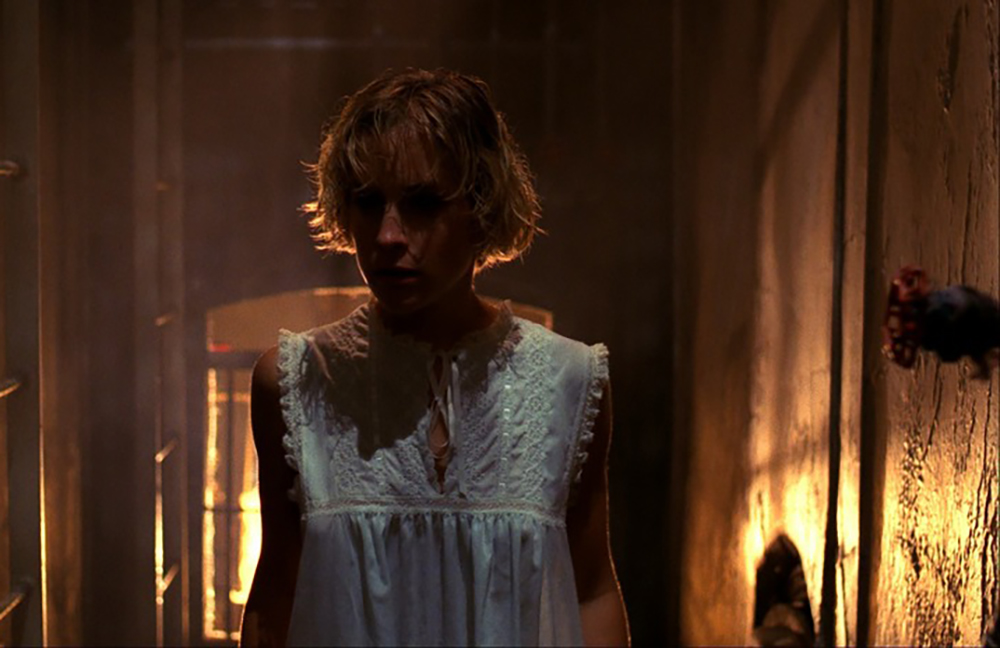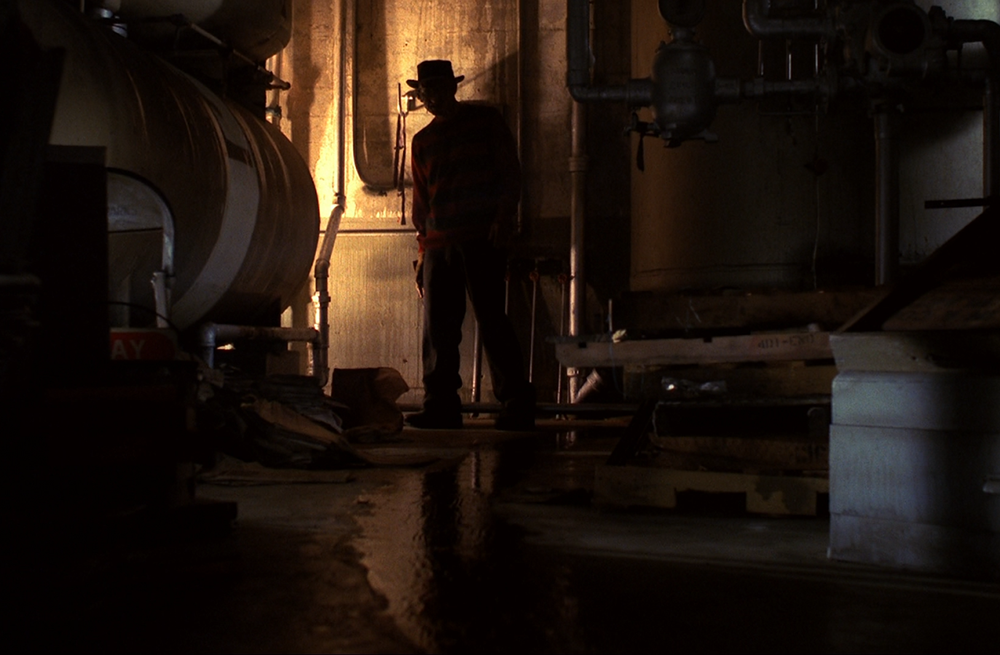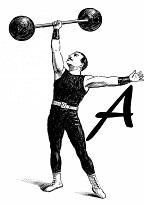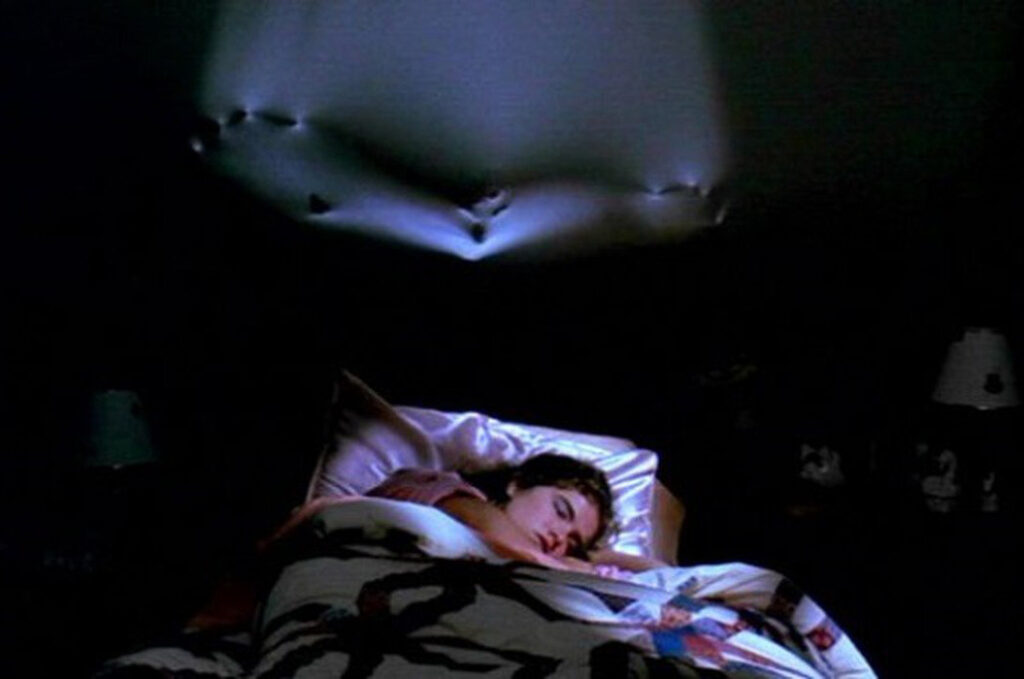Here’s an inspirational story for would-be filmmakers: Wes Craven moved to New York City in adulthood, leaving his post as a humanities professor to pursue his dream of becoming a filmmaker. Early work included non-lustrous detail such as working as a film messenger before he landed his break in 1972, writing and directing “The Last House on the Left.” The film, produced with a budget of $90,000 made an impressive box office showing of $3,100,000. And while Craven has produced many movies since then, including the high-octane “Scream” in 1997, his most chilling, by all counts, is the 1984 thriller “A Nightmare on Elm Street.” The movie, which launched not only the career of Johnny Depp but the villainous Freddy Krueger, has become a staple of horror-genre fans and redefined the way we look at slasher films.
Part of the reason for its terror and success can be traced to its source material. Craven has cited on numerous occasions a series of newspaper clippings in the Los Angeles Times, which reported the deaths of children in their sleep. The most severe detailed a child from South East Asia whose family that had escaped an internment camp and relocated to California. The child, whose intense nightmares made him fear sleep, refused to take sleeping pills eventually prescribed to him, and was later discovered to have hidden a coffee pot in his bedroom to stay awake. He collapsed in front of his parents after a particularly harrowing nightmare, dead. Medical experts could find no known cause of death.
Freddy Krueger? Not likely. But there was an interesting story there, and one that Craven latched onto in his creation of the ultimate dream stalker.
“A Nightmare on Elm Street” tells the story using the “dead teenager” formula but with a devilish twist – instead of being stalked in life, a quadruple of teenagers are being stalked, and killed in their dreams by a mysterious madman. However, it is Nancy (Heather Langenkamp) who ultimately realizes that they are indeed being stalked – up until the point that their friend Tina (Amanda Wyss) is brutally murdered in her sleep by the knived madman, her and her friends just assume they are all having bad dreams. However, Nancy soon realizes they are all having the same dream.

The creepiest instance of this occurs right before Tina’s death. As Nancy relays the events of her nightmare – being chased by a man with a dirty red and green sweater and knives for fingers – her boyfriend Glen (Johnny Depp in his first film appearance) looks up, startled. Craven doesn’t have Glen say that he had the same dream but he may have well have. The moment is chilling, and a great piece of script writing by Craven and acting by Depp. It’s in ways like this that the movie shines, little nuances that get under your skin and dig in, deep.
Other scenes throughout the movie work to instill fear through frightening portrayals of its antagonist, and frightful juxtapositions between reality and fantasy. One particularly terrifying scene involves Krueger backing Nancy into a corner and readying to kill her when she slams her arm against a steaming pipe, jarring her awake. The scene is effective for two reasons. First, as we see her awake in class, terrified, it helps set the boundaries between her and the rest of the world – it’s her dream, her nightmare. Second, it lays a basic rule for the rest of the film: what happens to you in your dream happens to you in real life. Her arm shows a serious burn right where she touched the pipe.
The film’s effectiveness in dredging up these horrifying moments rests in the particular attention – and detail – taken in presenting Krueger. For most of the film we don’t know who he is or where he came from. He remains hidden by dark shadows, ensconced in his own vile world, and the only time we truly see him is in the dreams of his would-be victims. Craven purposefully keeps him hidden, especially his face, which is badly burned from, we learn, a lynch mob who murdered him for the rapes and murders of several children years ago. However, we never get a clear sight of him. In fact it takes most of the film to even hear his name – Fred Krueger – after Nancy awakes from one of her later nightmares.

In many ways, in this first film, Krueger takes on a sinister, eerie quality equal in horror chronology to the enigmatic Count Dracula created by Bram Stoker. What Stoker understood was that the fear of Dracula was more terrifying than Dracula himself. As his victims lose blood at night, with no known explanation for it, sleep – and a fear of the unknown – becomes the enemy. Craven, like Stoker, understood this and set up a truly fearful prospect: You sleep, you die. When Nancy stops going to sleep, Kruger stops appearing. However, the fear of Kruger, and the fear of death, never goes away.
One of the scariest scenes in the movie transpires when Nancy’s mother takes her to a sleep clinic after Nancy stays awake for several days. The whole scene takes place from the doctor’s point of view – watching Nancy sleep, then watching her dream, and finally watching her snap awake in absolute terror as her nightmare reaches cataclysmic proportions. The doctor’s run to her bedside; the terrified look on her face, together with another aspect sends shivers up our spine – her hair has turned cold grey from the terror of her dream.
To judge “A Nightmare on Elm Street” against bigger, more modern efforts laden with special effects and huge budgets is to do it an extreme disservice. Several of the scenes – even the more scary ones – are extremely low-budget, using such tricks as long arms on marionette wires and rotating rooms to garner effects that CGI could render today with the greatest of ease. However, for some reason, the movie is the better for it.
“Nightmare” comes off as a dark, ominous exercise in terror because of its acting, its set-pieces, and its eerie, off-key score. You go into this film not knowing who Kruger is and leave with almost the same result. For most of the film he’s just a clandestine monster, hidden in the nooks and crannies of his victims dreams, without a name and without a face. The name “Freddy” uttered by him only once as he stalks Nancy during a dream, “Nightmare” succeeds due to its success of keeping Kruger an evil, unfathomable demon.
Subsequent films focused more on the creative ways Freddy would kill his victims (from being squashed like a bug, to pulled into a Nintendo game, and other countless, albeit foolish methods). These movies seemed to forget the horror of Freddy is not how you would die, but that you would die…in your dreams. To say the series lost something along the way is an understatement. For those purists, of whom I am wholeheartedly a member, there is only one “A Nightmare on Elm Street” worth seeing. And it is this first, original creation by Wes Craven of which I speak.


